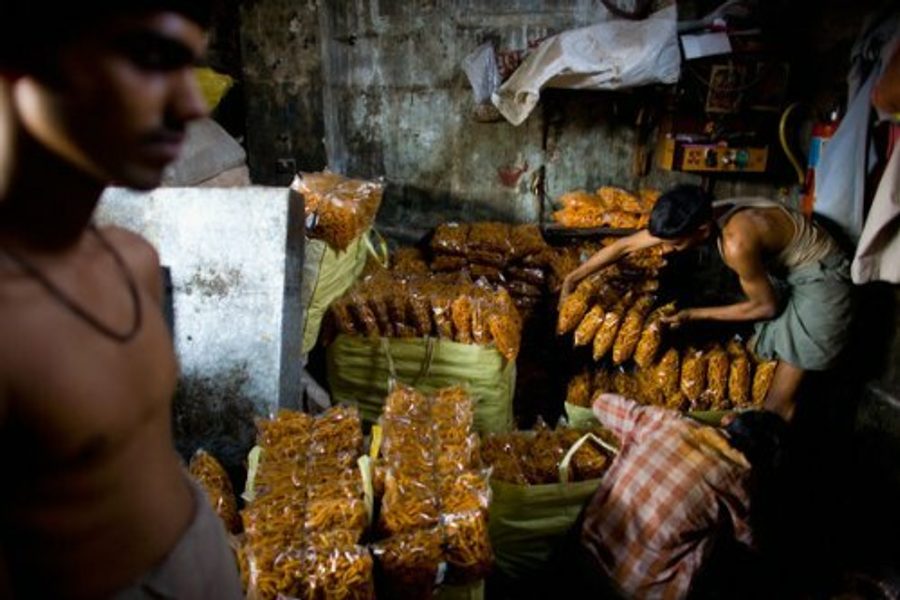
What does it mean to be poor in 2010? In monetary terms, the number of people living below the official extreme-poverty threshold of $1.25 per day in developing nations has declined. In fact, according to the World Bank’s benchmarks, the extreme poverty rate worldwide has tumbled from about 50 percent in 1981 to about 25 percent in 2005.
So are we just half as miserable as we were a generation ago? A new United Nations study takes stock of the human condition today and finds that poverty runs deeper than ever.
Rethinking Poverty: Report on the World Social Situation 2010, published by the U.N. Department of Economic and Social Affairs, assesses poverty by examining the social and environmental factors that divide the haves and have notes. The authors argue that shaping a more just economy means redefining the spectrum of rich and poor.
The report looks at economic deprivation as a moving target, tied to relative well-being as well as universal rights. The $1.25 demarcation line stems from wider barriers — lack of education and healthcare, broken infrastructure, climate change and racism — all of which have metastasized alongside intensifying inequality.
The one-dimensional “poverty line” obscures the complex dynamics of vulnerability. For instance, being the richest person in a rural town isn’t worth much if the nearest school or hospital is 20 miles away on foot.
Another often-overlooked metric of poverty is “social exclusion.” The report describes the plight of the Oglala Lakota of the Pine Ridge Reservation (who have a higher infant-mortality rate than some developing nations) and the Dalit women of India (who face epidemic threats of physical assault and sexual exploitation). Poor people suffer in myriad ways, but they’re bound by a shared sense of injustice.
A focus on the “non-material dimensions of deprivation” highlights the neglected role of labor and labor policy. The authors reject the so-called Washington Consensus and the ideological zeal for moving “from welfare to workfare”:
It is claimed that, while higher welfare payments and easy access are disincentives to work, minimum wages and other employment benefits are deterrents for job creation. … However, there is now mounting evidence linking these policy shifts to the rise in inequality and the prevalence of the working poor.
Over the years, as the safety net unraveled, “the erosion of labour standards within economic liberalization programmes was condoned and, in many cases, promoted on the assumption that it would spur economic growth, which, in turn, would lead to employment creation, as long as labour markets remained flexible.”
Oops.
The Great Recession may finally bring policymakers back to their senses.
According to the report, a “return towards universalism” is integral to sustainable development policy: public investment in education, stronger labor protections and measures to combat employment discrimination. But some damage can’t be undone: “the increase in global unemployment will, in all likelihood, erase the progress made over the last decade to reduce extreme poverty through the generation of decent work opportunities for all.”
In the Global South, recovery from the crisis demands restorative aid efforts from the international community. But according to a related U.N. policy brief, the architects of the bubble economy aren’t too keen on cleaning up after their mess:
…the rich countries have actually so far done very little for developing countries during this crisis. Commitments of monetary assistance seem inadequate and doubtful. Aid budgets are being cut and aid is declining despite commitments otherwise. And despite the pledges made at the G-20, murky forms of trade protection continue to be implemented. Despite promises made, very few concrete steps have been taken to start the reform of the IMF and World Bank.
So the world’s poor are getting shafted once again, left to depend on the United Nations, NGOs, and most of all, themselves. We probably didn’t need a policy brief to tell us that, but the U.N. analysis elucidates the many dimensions of poverty in the rich and poor corners of the world. True, the foreclosure crisis in the Bronx may not have an exact analog in earthquake-shattered Port-au-Prince. A food desert in Chicago bears little resemblance, at first glance, to a drought-ravaged field in Kenya. But these are all front lines in the global struggle for the economic dignity of marginalized workers and communities.
A richer concept of poverty looks beyond the poor themselves to address the distribution of resources and opportunity. That’s one reason why the report concludes with an appeal not to charity, but to political rights:
The importance of participation for poverty reduction and social integration policies is based on the basic premise that people, including people living in poverty, have the right to influence decisions that affect their lives. Poverty itself is a major barrier to participation, yet without promoting participation and inclusion, poverty reduction policies may not only be rejected as paternalistic, but also never be properly implemented.
What does it mean to be rich in 2010? Democracy doesn’t exactly put food on the table, yet without it, we’re all poor beyond measure.
Michelle Chen is a contributing writer at In These Times and The Nation, a contributing editor at Dissent and a co-producer of the “Belabored” podcast. She studies history at the CUNY Graduate Center. She tweets at @meeshellchen.








